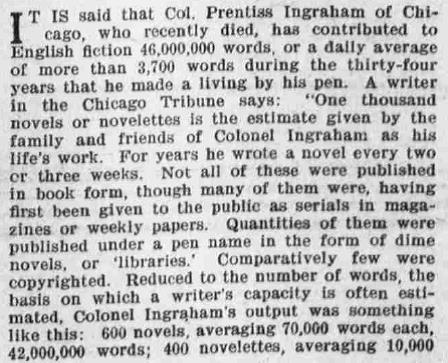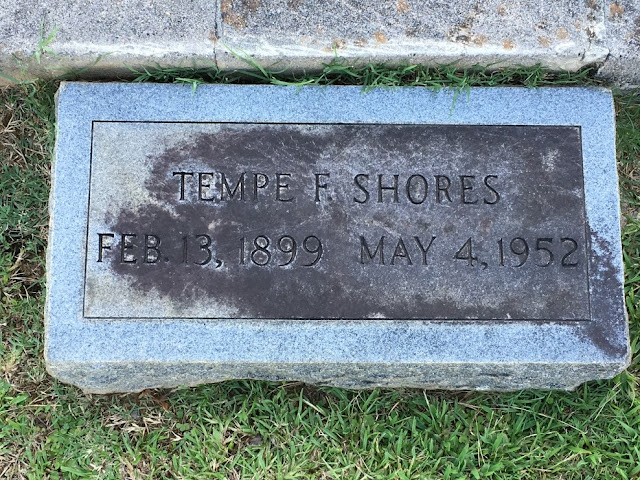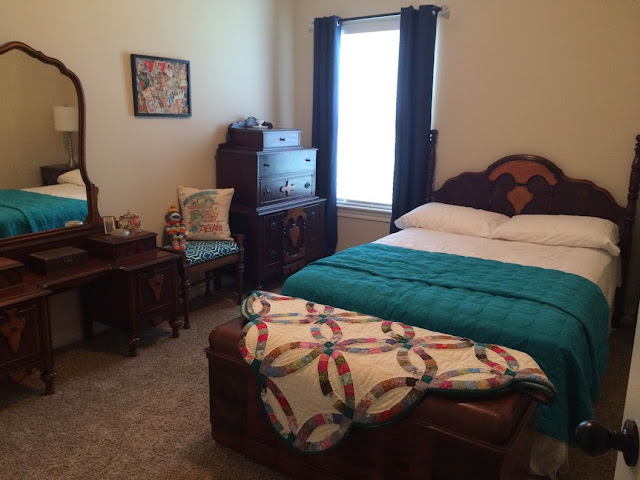This 1931 film actually has two Alabama connections. The female lead is Birmingham native Dorothy Sebastian. The film is based on a novel by Octavus Roy Cohen, a prolific author who spent a number of years in Birmingham and who set many short stories in the city. I've posted about Sebastian in my "Film Actresses from Alabama before 1960" series and Cohen in my "Alabama Book Covers" series.
Sebastian's male co-star in the film was her husband at the time, Bill Boyd. Sebastian and Boyd were married in December 1930 in Las Vegas. They had met the previous year while making the film His First Command. The couple divorced in 1936. By that time Boyd was just beginning to play the character that would make him even more famous, Hopalong Cassidy.
Some other interesting actors show up in The Big Gamble. Warner Oland played the villain; he was well known for his roles in other films as Fu Manchu and Charlie Chan. ZaZu Pitts had a long career in both dramatic and comedic roles stretching from silent films into the early 1960's.
Below is the New York Times original review of the film from September 1931. The story is pretty contrived and ends as you would expect, but the Alabama connections kept me watching to the end. The Big Gamble is the first film with Birmingham native Dorothy Sebastian that I've seen, and I'll have to look for more.
The Big Gamble poster
Source: Wikipedia
Cohen's novel was published in 1925.
On the film's release in 1931, the New York Times ran this review:
The man with a year to live is stalking heroically and a bit sadly across the Hippodrome screen this week in "The Big Gamble," which started its public career as a novel by Octavus Roy Cohen called "The Iron Chalice." The situation is a reliable standby for the amusement-hunter who likes an hour of honest suspense between the sinister beginning and the happy ending. With James Gleason and ZaSu Pitts on hand to make funny faces at the plot, after those scenes in which Warner Oland has sent out a new ultimatum to the doomed man and lured the spectators to the tense edges of their seats, "The Big Gamble" fits without a jar into the Hippodrome program between the acrobats and the newsreel.
Alan Beckwith, gambler, is at the end of his rope, but before quitting life he wants to square his debts. Mr. North, who has a proposition for every occasion, agrees to take care of the debts if Beckwith will marry a certain woman, who shall be named beneficiary in a $100,000 insurance policy. At the end of a year, the policy being ripe for payment, Beckwith will die in an "accident" and Mr. North will be richer by his death.
Naturally the inscrutable Mr. North had not counted on his pawns falling in love. A year is a short time and love is stronger than Mr. North and all his paid gunmen. Beckwith and his wife work furiously against the deadline and manage to scrape enough money together to pay back Mr. North. Then, on Dec. 31, Mr. North announces that he wants $100,000 or nothing. In the last five minutes before Beckwith and his wife pose for the happy fadeout, "The Big Gamble" offers a wild midnight automobile chase and a final dash of the gangster car down an embankment that was exciting enough to whip yesterday's spectators into scattered applause.
Bill Boyd and Dorothy Sebastian officiate as the gambler Beckwith and his wife. Warner Oland compounds his usual expert villainies in the rôle of North. As a small-time tout who aspires to a gunman's career, James Gleason is amusing, and as his bickering wife ZaSu Pitts again exhibits her talent as a comedienne.
One Year to Live.
THE BIG GAMBLE, based on Octavus Roy Cohen's story, "The Iron Chalice"; directed by Fred Niblo; an RKO Pathe production. At the Hippodrome.
Alan Beckwith . . . . . Bill Boyd
Beverly . . . . . Dorothy Sebastian
Mr. North . . . . . Warner Oland
Johnny . . . . . William Collier Jr.
Squint . . . . . James Gleason
Nora . . . . . ZaSu Pitts
May . . . . . June MacCloy
Trixie . . . . . Geneva Mitchell
Webb . . . . . Ralph Ince
Butler . . . . . Fred Walton
SOURCE: This review appeared in the New York Times on 21 September 1931.



















































